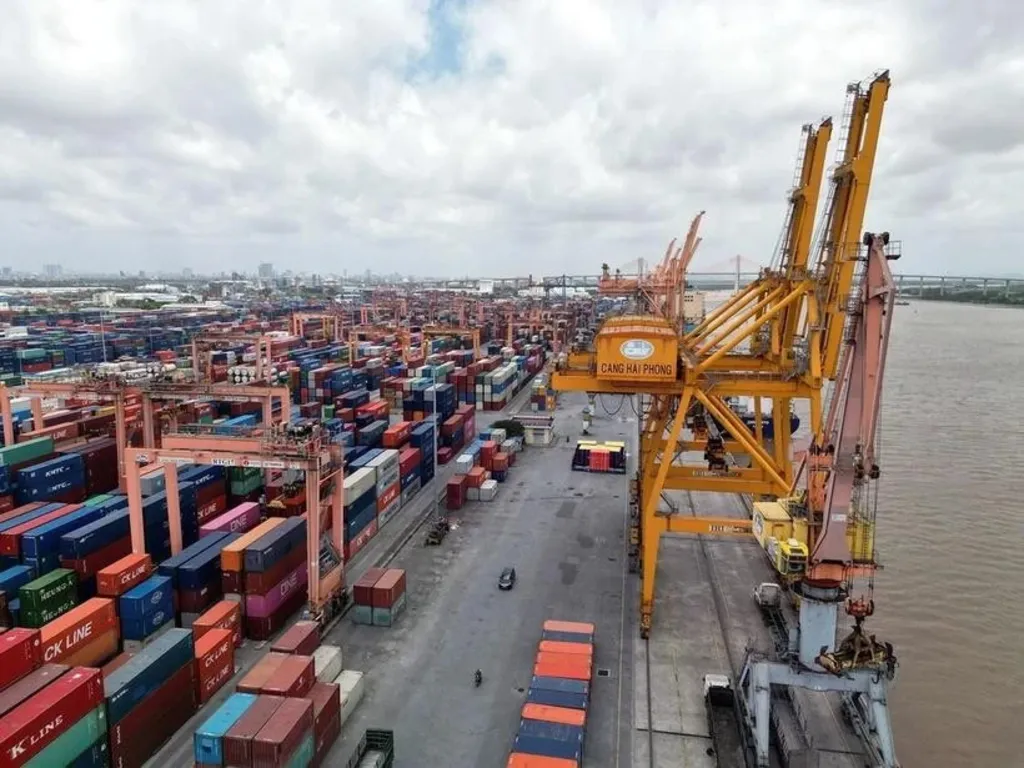 |
| The seaport system in the northern city of Hai Phong__Photo: VNA |
By 2030, Vietnam will need more than VND 350 trillion to invest in its port system, including some VND 73 trillion for public maritime infrastructure and VND 279 trillion for port terminals.
Under Prime Minister Decision 140/QD-TTg dated January 16, approving the detailed master plan of seaports, ports, wharves, mooring buoys, water areas and water regions for the 2021-30 period, with a vision toward 2050, there will be five seaport groups. Of which, the first group includes five seaports, namely Hai Phong, Quang Ninh, Thai Binh, Nam Dinh, and Ninh Binh.
The second seaport group embraces six ones, namely Thanh Hoa, Nghe An, Ha Tinh, Quang Binh, Quang Tri, and Thua Thien Hue.
Da Nang (including Hoang Sa (Paracels) island district), Quang Nam, Quang Ngai, Binh Dinh, Phu Yen, Khanh Hoa (including Truong Sa (Spratly) island district), Ninh Thuan, and Binh Thuan seaports are listed in the third group.
The fourth group includes Ho Chi Minh City, Ba Ria-Vung Tau, Dong Nai, Binh Duong, and Long An seaports.
With 12 seaport, the last group includes Can Tho, Tien Giang, Ben Tre, Dong Thap, An Giang, Hau Giang, Vinh Long, Tra Vinh, Soc Trang, Bac Lieu, Ca Mau, and Kien Giang.
The master plan sets specific targets for these groups of seaports by 2030.
Specifically, for cargo throughput, it is expected that the first group will reach 384 million tons by 2030. Meanwhile, the next four groups will achieve 251 million tons,187 million tons, 564 million tons, and 108 million tons, respectively.
As for passenger throughput, the five seaport groups are expected to receive up to 302 thousand, 401 thousand, 3.9 million, 3.1 million, and 11.2 million passenger arrivals, respectively.
As estimated, the total land use demand for the port system will reach around 33,800 hectares, including seaport development areas, the Can Gio international transshipment terminal and related industrial and logistics zones. The total water surface demand is estimated at 606,000 hectares.- (VLLF)









